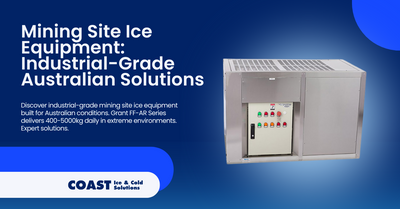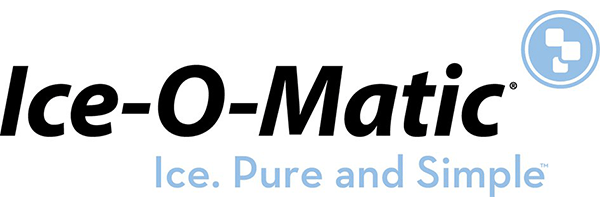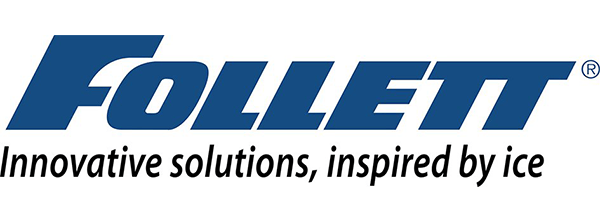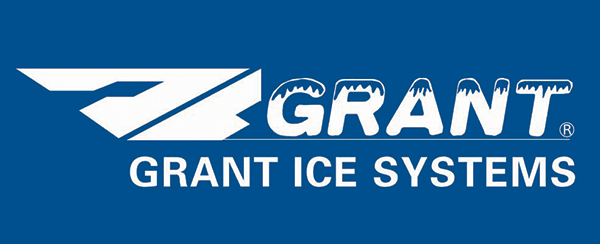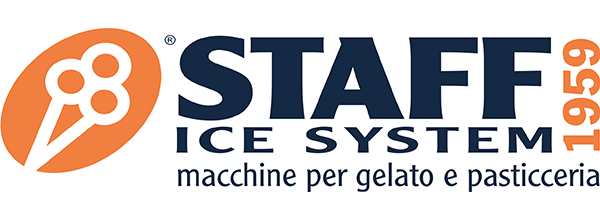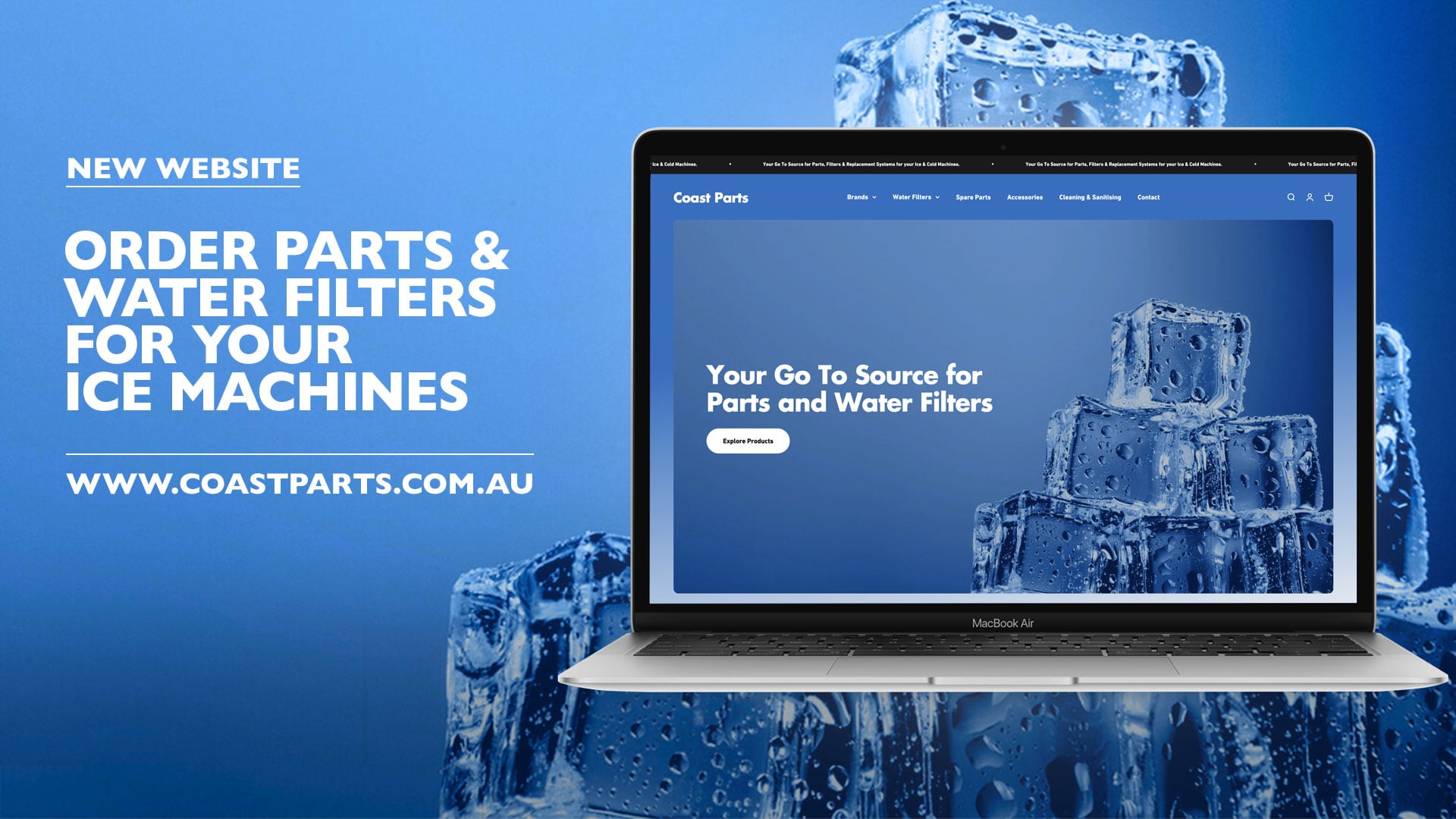Mining Site Ice Equipment: Industrial-Grade Australian Solutions
The Coast Team on 17th Jun 2025
Anyone who's worked on a mine site in the Pilbara during summer knows the critical importance of ice. When it's pushing 48°C in the shade and your crew is working twelve-hour shifts, ice isn't a luxury—it's essential safety equipment. Yet surprisingly, many Australian mining operations still rely on trucking in bagged ice from hundreds of kilometres away, burning through budgets and risking worker welfare when deliveries run late.
The reality of ice production in remote mining environments goes well beyond simply plugging in a machine and walking away. Dust, extreme heat, generator power, and water quality issues can destroy standard commercial ice makers within months. That's why industrial-grade ice equipment specifically engineered for mining applications has become a game-changer for operations from the Bowen Basin to the Goldfields.
Why Mining Operations Can't Afford Ice Supply Failures
Let's be clear about what ice means on a mine site. It's not just about cold drinks at smoko (though that matters too). Ice serves critical functions that directly impact both safety compliance and operational continuity.
Worker hydration tops the list. SafeWork Australia doesn't muck around when it comes to heat stress prevention, and neither should site managers. When you've got drillers, operators, and maintenance crews working in extreme conditions, proper hydration can mean the difference between a productive shift and a medical emergency. Heat-related incidents don't just risk lives—they trigger investigations, shut down operations, and destroy your safety record.
But ice usage extends far beyond the crib room. Concrete pours in 40-degree heat need ice to control curing temperatures. Without it, you risk structural failures that could shut down construction projects. Medical stations require reliable ice supplies for treating injuries and heat stress. Some operations even use ice in dust suppression systems and equipment cooling applications.
Then there's the practical side. Ever tried to maintain worker morale when the ice runs out on a 45-degree day? It might sound trivial to someone sitting in an air-conditioned office, but site managers know better. Access to cold water and ice directly impacts productivity, retention, and team cohesion.
The Expensive Reality of Trucked-In Ice
Most remote sites start with what seems like the simple solution: contract ice deliveries. The maths looks straightforward until you factor in the hidden costs. Transport charges to remote locations often exceed the ice cost itself. Storage becomes a nightmare—you need freezer capacity for several days' supply in case trucks break down or roads flood.
Quality degradation is another killer. Ice that's been trucked 500 kilometres over corrugated roads in 40-degree heat arrives partially melted and refrozen into solid blocks. Workers can't use it, so wastage rates skyrocket. We've seen sites throwing out 30% of delivered ice due to quality issues.
The real wake-up call comes when supply chains fail. One client in the Kimberley lost three days of ice deliveries due to flooding on the access road. They had to fly in emergency supplies at astronomical cost while managing heat-stressed workers with limited cooling resources. The incident cost them over $150,000 in direct expenses, not counting productivity losses.
Purpose-Built Industrial Ice Systems
This is where the Grant FF-AR Series Sub Zero Flake Ice Machines prove their worth. These aren't prettied-up restaurant machines with a dust filter slapped on. They're purpose-built industrial workhorses designed from the ground up for harsh environments.
The specs tell the story. Ice production at -9°C ensures it lasts longer in extreme heat. The static vertical evaporator design eliminates moving parts that dust can destroy. High-quality, low-temperature alloy steel construction handles temperature extremes that would crack standard components. Stainless steel ice reamers resist corrosion from mineralised bore water.
Production capacities from 400kg to 5,000kg daily mean there's a right-sized solution whether you're running a small exploration camp or a major production facility. The sealed bearing assemblies keep dust out of critical components, while heavy-duty refrigeration systems maintain performance even when ambient temperatures hit 50°C.
For sites with existing refrigeration infrastructure, the Grant FFE Series (Evaporator Only) provides flexibility. These units integrate with your current plant, letting you expand ice production without duplicating refrigeration systems. It's a smart approach for established operations looking to upgrade capacity.
Handling Australia's Toughest Water Conditions
Water quality presents unique challenges in mining environments. Bore water often contains dissolved minerals that would destroy standard ice makers within weeks. High iron content, calcium deposits, and salt levels require serious filtration and water treatment strategies.
The Grant systems handle mineralised water better than most, but proper pre-treatment extends equipment life dramatically. For Grant industrial systems, the Coast CD40B heavy-duty filter units provide the multi-stage filtration these machines need. These aren't your standard café filters—they're engineered for high-volume, poor-quality water conditions common in mining applications.
Some sites face even tougher challenges. Coastal operations dealing with saline intrusion or limited freshwater access can utilise the Staff Ice Systems SPS Series, which produces quality flake ice from both fresh and saltwater sources. The horizontal rotating evaporator drum design handles varying water conditions while maintaining consistent output.
Real Installation Considerations
Installing industrial ice equipment on a mine site isn't like setting up a pub ice maker. Power quality from generators requires attention—voltage fluctuations and frequency variations that wouldn't faze city equipment can destroy control boards and compressors. Smart sites install power conditioning equipment and soft-start systems to protect their investment.
Environmental protection goes beyond a simple shelter. Dust storms in the Pilbara can infiltrate anything, so enclosed, climate-controlled ice production facilities have become standard for major operations. Yes, it's an additional capital cost, but it beats replacing equipment every eighteen months.
Location strategy matters too. Positioning ice production centrally reduces distribution logistics, but you need to balance this against noise considerations (compressors running all night near accommodation blocks don't win friends) and access for maintenance vehicles. Many sites create dedicated ice production compounds with proper drainage, vehicle access, and protection from blast vibration.
Maintenance Strategies That Actually Work
Remote site maintenance presents unique challenges. You can't just call a technician for next-day service when you're 800 kilometres from Perth. Successful operations implement preventive maintenance programs that site personnel can handle.
Daily checks become part of operational routine: visual inspection for leaks or unusual ice formation, air filter cleaning (dust accumulation happens fast), water quality monitoring, and production rate verification. These simple steps catch problems before they escalate into failures.
Weekly maintenance digs deeper with thorough filter cleaning or replacement, water system flushing to prevent mineral buildup, lubrication of moving components, and refrigeration system checks. Monthly tasks include descaling procedures, comprehensive cleaning, refrigerant pressure verification, and electrical connection inspection.
The Grant Ice Systems warranty program backs you with 3-year parts and labour coverage on complete systems, plus 5-year evaporator protection. But the real value comes from their remote support capabilities. Technical specialists can often diagnose issues over the phone, guiding site personnel through repairs that would otherwise require expensive callouts.
Calculating Real ROI
Let's talk numbers that matter to mine managers. A typical remote operation consuming 1,000kg of ice daily faces these costs with trucked ice: $15-20 per 10kg bag delivered (that's $1,500-2,000 daily), storage freezer running costs, labour for handling and distribution, and wastage from quality issues.
Annual costs easily exceed $600,000 for ice alone. Compare that to on-site production: equipment amortisation over 5 years ($40,000-60,000 annually), power costs (around $50,000 for efficient systems), maintenance and filters ($20,000), and labour savings from automated production.
The maths is compelling—most sites see payback within 12-18 months. But the real value comes from reliability. No more scrambling when trucks don't arrive. No more rationing ice during heatwaves. No more workers suffering because supplies ran short.
Safety and Compliance Benefits
Industrial ice systems deliver measurable safety improvements. Consistent ice availability supports hydration protocols, reducing heat stress incidents. Automated production eliminates manual handling injuries from shifting ice bags. Food-grade materials ensure ice safety for human consumption. Closed-system designs prevent contamination that open ice storage invites.
From a compliance perspective, on-site production provides documentation trails for safety audits, demonstrates proactive heat management strategies, supports ISO certification requirements, and shows commitment to worker welfare that influences safety ratings and insurance premiums.
Looking Ahead: Mining Ice Technology
The future brings exciting developments. Remote monitoring systems already allow Perth-based technicians to diagnose issues on Pilbara sites. Predictive maintenance algorithms identify failing components before they cause shutdowns. Solar compatibility reduces diesel dependence for environmentally conscious operations.
Automation continues advancing with robotic ice distribution systems eliminating manual handling entirely. Water recycling technologies address sustainability concerns in water-scarce regions. Modular designs allow capacity expansion as operations grow, protecting initial investments.
Making the Right Choice for Your Operation
For mining operations evaluating ice production solutions, the question isn't whether to invest in industrial systems—it's which configuration best suits site requirements. The Grant FF-AR Series suits high-volume operations needing bulletproof reliability. The FFE Series works perfectly for sites with existing refrigeration infrastructure. The Staff Systems bridge specialised needs like saltwater compatibility.
Our team at Coast Distributors has helped configure systems for mining operations ranging from small exploration camps to major production facilities across Western Australia, Queensland, and the Territory. We understand the unique demands of remote sites and the critical importance of reliable ice supply.
Ready to eliminate ice supply headaches from your mining operation?
Contact Coast Distributors to discuss which industrial ice solution suits your site's needs:
- View the Grant FF-AR Series specifications
- View the Grant FFE Series specifications
- Explore our complete range of industrial ice systems
- Speak with our expert team by filling out our contact form
- Need a service for your machine: fill out our service request form
- Need water filters or spare parts? Browse our water filters & parts inventory
Don't let outdated ice logistics compromise worker safety or operational efficiency. Join the growing number of Australian mining operations already benefiting from industrial on-site ice production.
Coast Distributors is Australia's exclusive Grant and Staff Ice Systems distributor, providing industrial-grade ice solutions nationwide. With 24-hour service support and extensive mining industry experience, we ensure your ice systems support safe, productive operations. Visit coastdistributors.com.au to learn more.

